
By Jonathan Ellis
1. Bishop was 5 ft. 4 and 1⁄4 inches tall. Her friend Robert Lowell once (mis)remembered her as ‘tall with long brown hair’. Bishop responded that she was never tall and ‘already somewhat grizzled when I met you’.
2. The first recorded use of the word ‘yard-goods’ in the English language occurs in Bishop’s poem, ‘The Map’.
3. Bishop’s three ‘favorite’ poets were George Herbert, Gerard Manley Hopkins, and Charles Baudelaire.
4. The three qualities Bishop most admired in poetry were ‘Accuracy, Spontaneity, Mystery’.
5. On 10 November 1934 Bishop attended a lecture by Gertrude Stein entitled ‘Portraits I Have Written and What I Think of Repetition, Whether It Exists or No’.
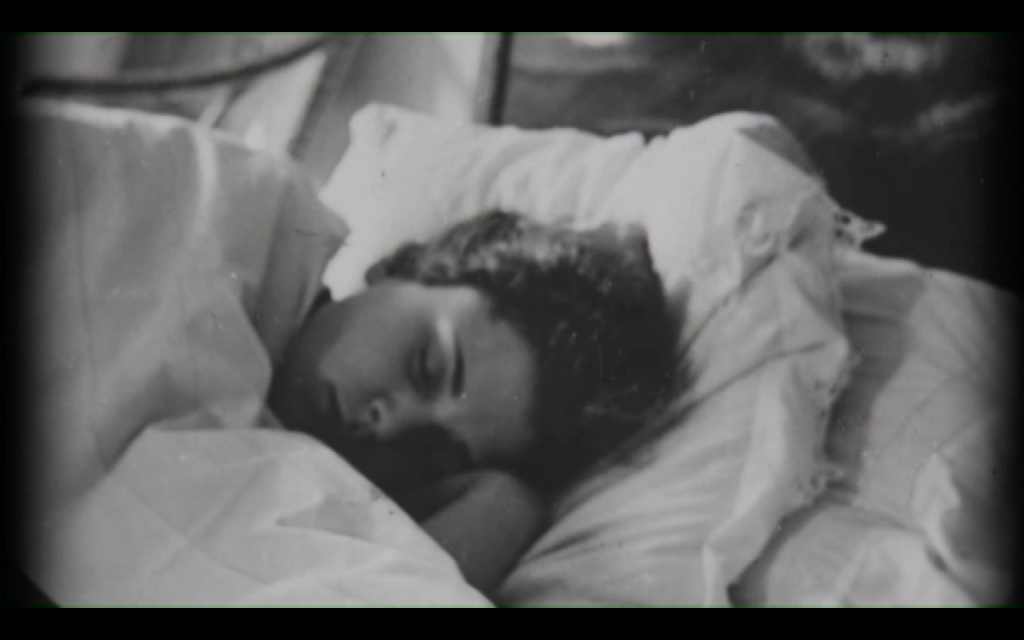
6. Bishop published six works that use the word ‘rainbow.’ Stephanie Burt’s chapter in Reading Elizabeth Bishop explains why rainbows are important to Bishop and important to understanding the ongoing significance of her writing to contemporary poets.
7. ‘Pleasure Seas’ was accepted for publication by Harper’s Bazaar in 1940 but never printed. Its first publication was in The Complete Poems in 1983, forty-three years later.
8. In the middle of writing ‘Roosters’, Bishop got ‘hopelessly stuck’. Listening to Ralph Kirkpatrick performing Domenico Scarlatti got her started again.
9. In 1943 Bishop accepted a job at a Navy optics shop in Key West, Florida, grinding lenses for binoculars. She was forced to give up the job after just five days, the eyestrain involved in the work aggravating her eczema.
10. In 1959 her friend and fellow poet May Swenson bought Bishop a pair of binoculars. Bishop described it in a thank-you note as ‘the nicest & most overwhelming present I’ve received’.
11. Bishop drafted but never finished a poem about the letters of Jane and Thomas Carlyle. Other abandoned poems include the tantalisingly titled ‘Leda and the/a Duck’, presumably a parody of W. B. Yeats.
12. In 1953 Bishop used the payment from the publication of her short story ‘In the Village’ in The New Yorker to purchase a second-hand MG sports car. In a letter to Robert Lowell she described it as ‘almost my favorite car, black, with red leather. It zooms up the mountains with the cut-out open, but really I only like speedy looking cars that I can drive very slowly’. In the same letter she enclosed a ‘bad picture’ of it ‘that looks as if I were heading into the Andes in it, when as a matter of fact I can’t even get my license yet’. Lowell used this ‘bad picture’ as that year’s Christmas angel. ‘We have your photograph perched high on our little foot-and-a-half Maine Christmas tree’, he wrote in reply. Monica Morse, who now runs an institute in Brazil dedicated to the memory of Lota de Macedo Soares, owns the only surviving copy of this photograph and kindly gave me permission to base the cover design on it. Bishop is posing with her cat Tobias!
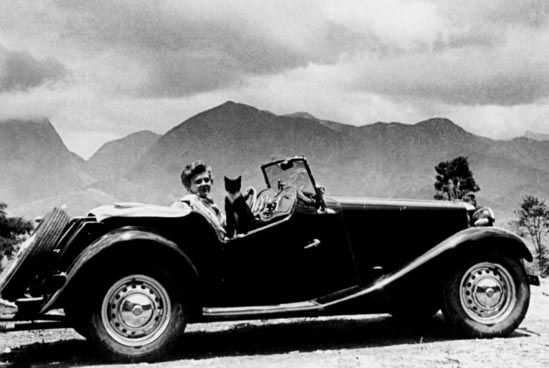
13. ‘Nagging Thoughts Travelling’ is one of several abandoned titles for the poem that eventually become ‘Questions of Travel’. Deryn Rees-Jones discusses the composition of the poem and its relationship to other work in Questions of Travel in her chapter.
14. Bishop is rumoured to have got high—‘for the first time!’—with poet Robert Duncan.
15. In a 1965 letter to poet-critic Randall Jarrell, Bishop declared herself to be ‘NOT an articulate critic… I just get intuitions here & there, and love this and am repelled by that’. Michael O’Neill’s chapter on Bishop’s literary criticism suggests that she was not quite telling the truth about her skills as a critic. Sadly, Michael died as the book was going to press.
16. In 1969 Bishop interviewed Black Panther member Kathleen Cleaver, wife of party leader Eldridge Cleaver. The interview has never been published.
17. Bishop’s love of Joseph Cornell’s work is well-known. Relatively few critics know about their shared admiration for a ‘little book by an English scientist who wrote about soap bubbles’. That book is Soap Bubbles: Their Colours and the Forces Which Mould Them, by C. V. Boys. Amy Waite writes about the significance of this book in her chapter.
18. Before her death, Lota de Macedo Soares read ‘In the Waiting Room’ in draft form. ‘The poem is a beauty’, Lota wrote (in English), ‘the kind I like best, that funny sensation between the real and the unreal. Like a sail in the wind but attached by some facts, the National Geographic, Worcester Mass, like nails to the mast’.
19. In ‘The Moose’ Bishop lists the name of passing villages as she travels from Nova Scotia back to Boston: ‘One stop at Bass River./ Then the Economies—/ Lower, Middle, Upper;/ Five Islands, Five Houses’. The actual order travelling west from Great Village is Five Houses, Bass River, Upper, Middle, then Lower Economy, then Five Islands. J. T. Welsch discusses other ‘edits’ in his chapter on ‘The Moose’.
20. Seamus Heaney helped celebrate what turned out to be Bishop’s last birthday (her sixty-eighth) in February 1979. To her friend, Dorothee Bowie, Bishop described Heaney as ‘nice and very Irish’. Heaney started reading Bishop in the 1960s and once taught a class on her poem, ‘The Map’, at Queen’s University Belfast. Heaney’s students that day included Ciaran Carson, Medbh McGuckian, and Paul Muldoon.
21. The Bulmer family post-box in Great Village, Nova Scotia, was number 21.
22. Bishop’s letters to her analyst, Dr Ruth Foster, have only recently come to light. Several chapters in Reading Elizabeth Bishop make use of material in them. In one of the letters, Bishop writes on getting over the fear of repeating herself: ‘I feel that in poetry now there is no reason why I should make such an effort to make each poem an isolated event, that they go on into each other or overlap, etc, and are really one long poem anyway’.
Jonathan Ellis is Reader in American Literature at Sheffield University. His edited book, Letter Writing Among Poets: From William Wordsworth to Elizabeth Bishop, was published by Edinburgh University Press in hardback in 2015 and e-book and paperback in 2016. His new book, Reading Elizabeth Bishop: An Edinburgh Companion, is available now.
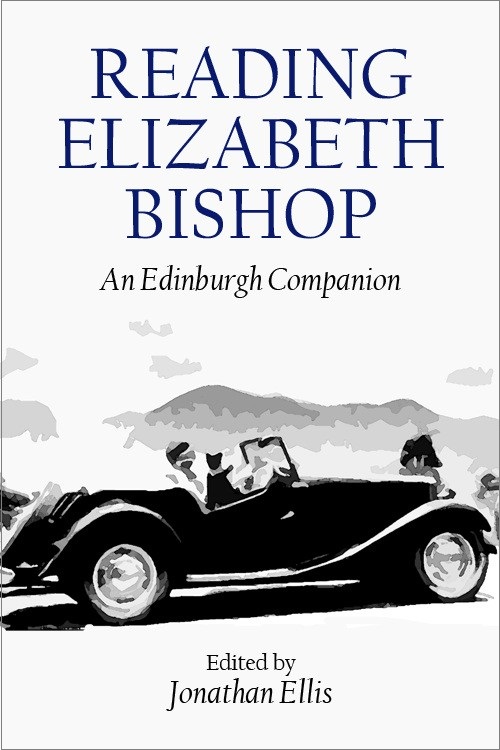
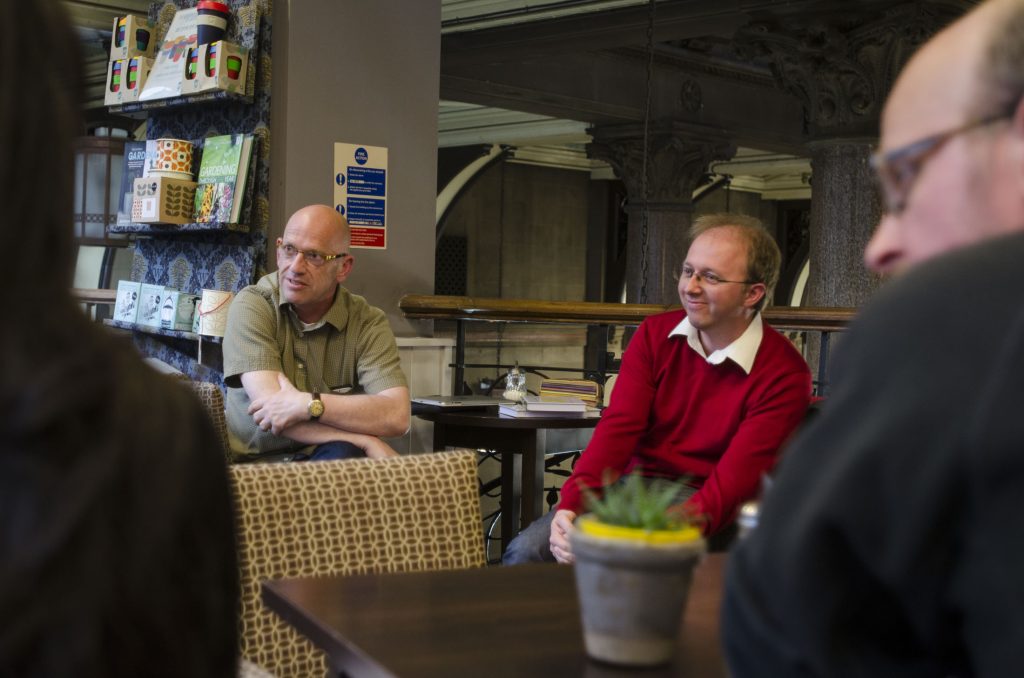




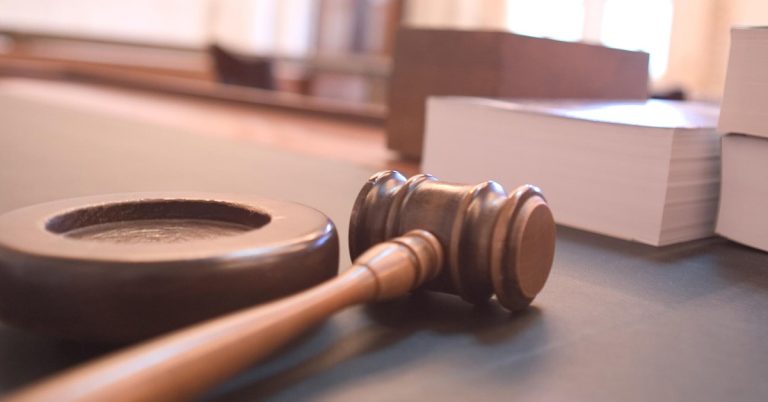
Thank you, for sharing so much about Elizabeth Bishop. I am in the process of gathering my many poems from over 6 years ago to current. In a book.